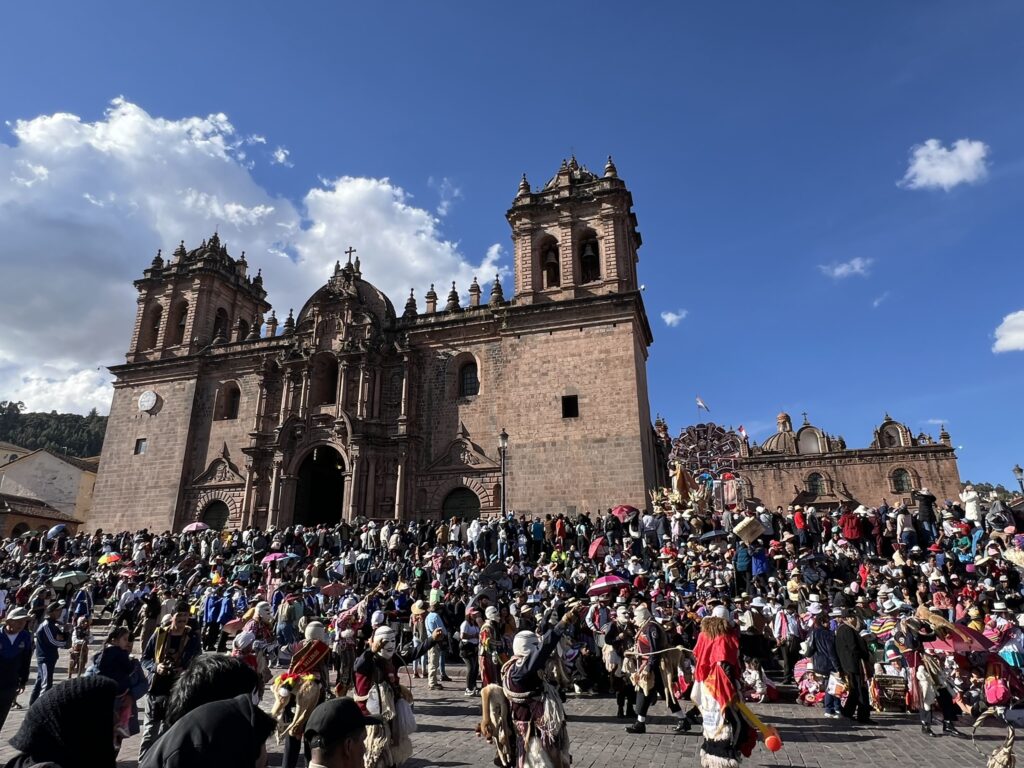Cusco, Peru is a top destination in South America and serves as the gateway to Machu Picchu. We explored the city of Cusco and the surrounding Sacred Valley to learn more about the Inca history.
Best Thing I Ate This Week
Causa Acevichada at Yaku Restaurant
Yaku Restaurant is part of a small restaurant company located in Cusco, Peru. The company has a garden in the Sacred Valley where they produce organic regional products, used to make the traditional and contemporary Peruvian dishes at their restaurants. When we arrived at Yaku, there was a line out the door but given the large size of the dining room, everyone received a table without too much of a wait. During the brief wait in line, there was a beautiful display of fruit, vegetables, and grains giving a preview of some of the fresh ingredients that made up the dishes on the menu.
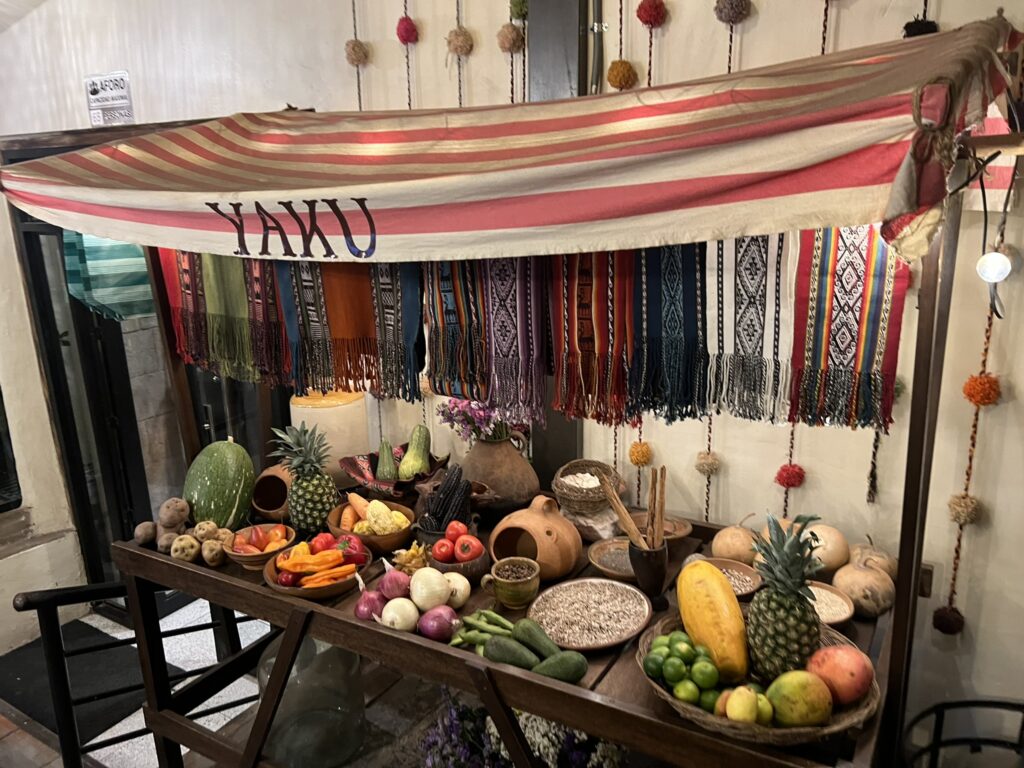
For a main dish, I went with the server’s recommendation to try the Kancacho Macho (Roasted Lamb) which was very delicious. However, we also decided to split a Causa Acevichada as an appetizer and this ended up being an incredible choice. We had heard that a Causa Acevichada is one of the most popular dishes in Peru, comprising of products from both the coasts and the Andean highlands. The base of the dish is made up of Andean potatoes covered with a popular yellow pepper sauce and then there are layers of avocado, fish, mayonnaise, egg, and garnish. At Yaku, they took this traditional dish and presented it in a more elevated fashion. Rather than being one large dish, they broke it into a handful of bite-size pieces beautifully displayed around their homemade sauces. The flavor balance was incredible which left us wanting more, and gave us a better understanding of why this dish is so popular in Peru.
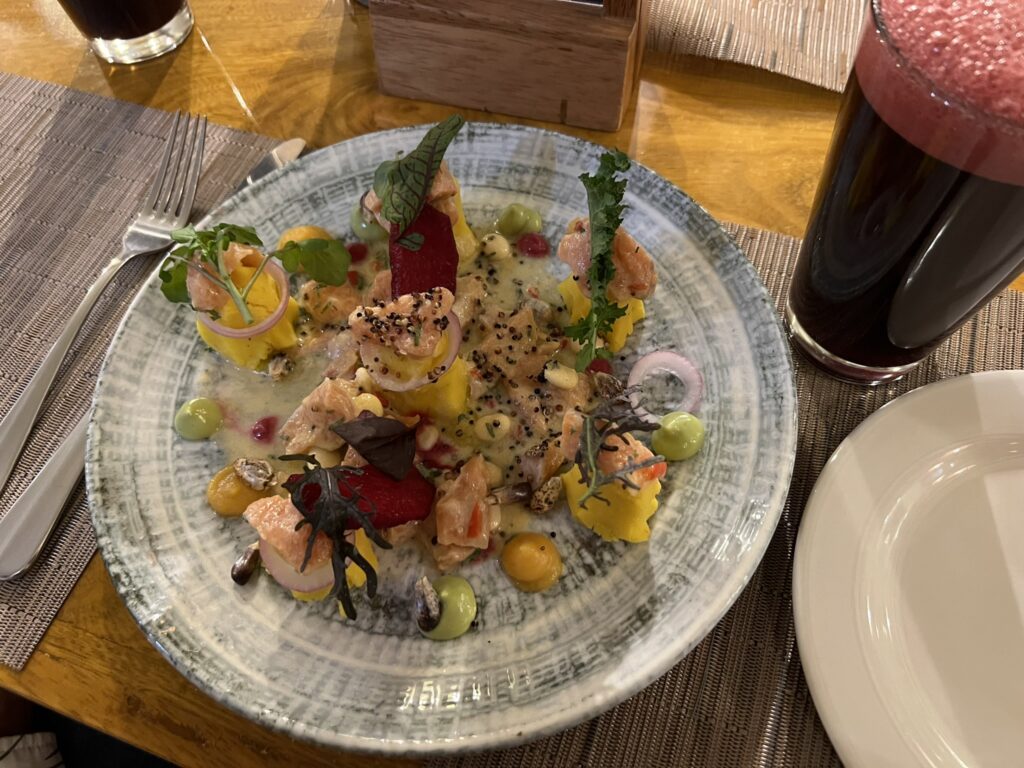
An Interesting Fact I Learned
Cusco, Peru was the capital and center of the Inca Empire
In the native Incan language of Quechua, the city of Qosqo (Cusco) translates to naval. The city was known as the belly button of the Inca civilization because it was geographically in the middle of the territory that encompassed parts of modern-day Colombia, Ecuador, Peru, Bolivia, Argentina, and Chile. Cusco was used as the administrative capital of the Inca Empire with the most important buildings in the city and surrounding areas. Today the ruins of these sites can still be accessed and local guides are a great way to learn more about the importance they held for their ancestors.
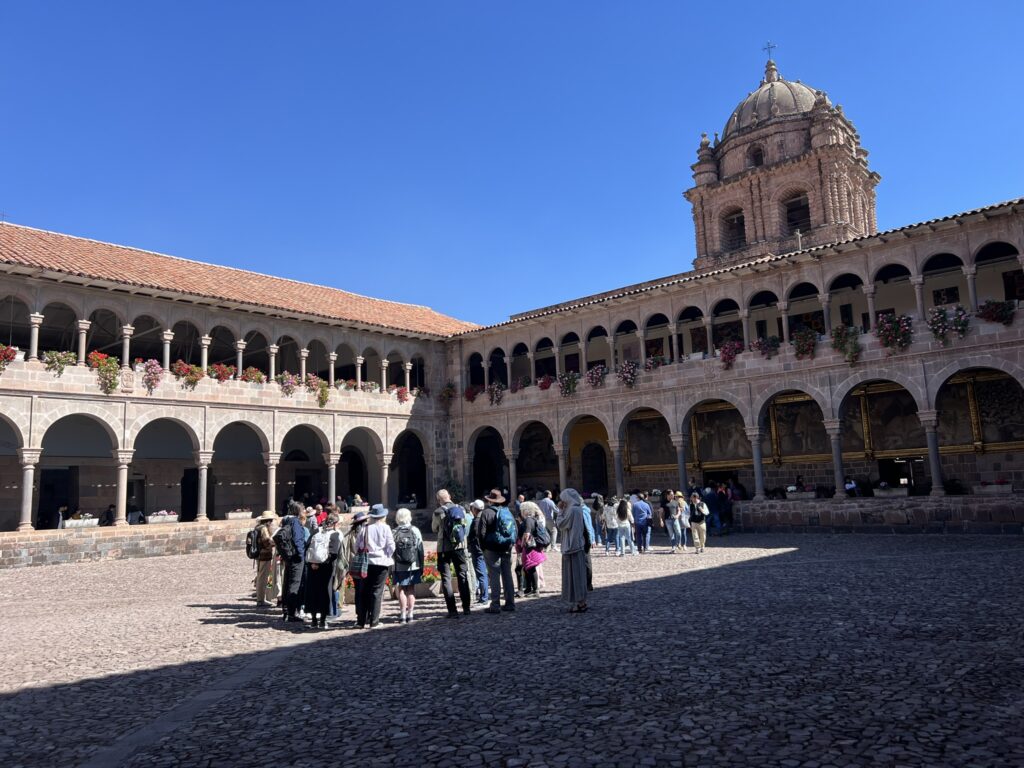
The most important site of the Inca Empire can be found in the Historic Center of Cusco, Peru and is known as Qorikancha. Unfortunately, the Spanish built the Church/Convent of Saint Dominic of Guzman on top of the temple during their efforts to conquer the lands. However, the structural base of the temple still is preserved today even though a Spanish courtyard and religious artifacts are situated around it. The original temple was magnificent, lined with silver/gold that reflected the sun and made it shine. It was this temple that led the Spanish to believe the Incas had cities made of gold. A small replica of the original temple can be found on the site of the ruins and a guide can show you important places around the grounds such as the temple, entrances, and where the most important ceremonies took place.
Outside of Cusco city, many impressive Inca structures that supported life in the capital can be found in the surrounding area and Sacred Valley. For example, a short drive from Qorikancha the ruins of Sacsayhuaman, Tambomachay, Puka Pukara, and Q’enqo can be found. These all served various important functions for Cusco such as religious ceremonies, resting places, military viewpoints, and burial preparation.
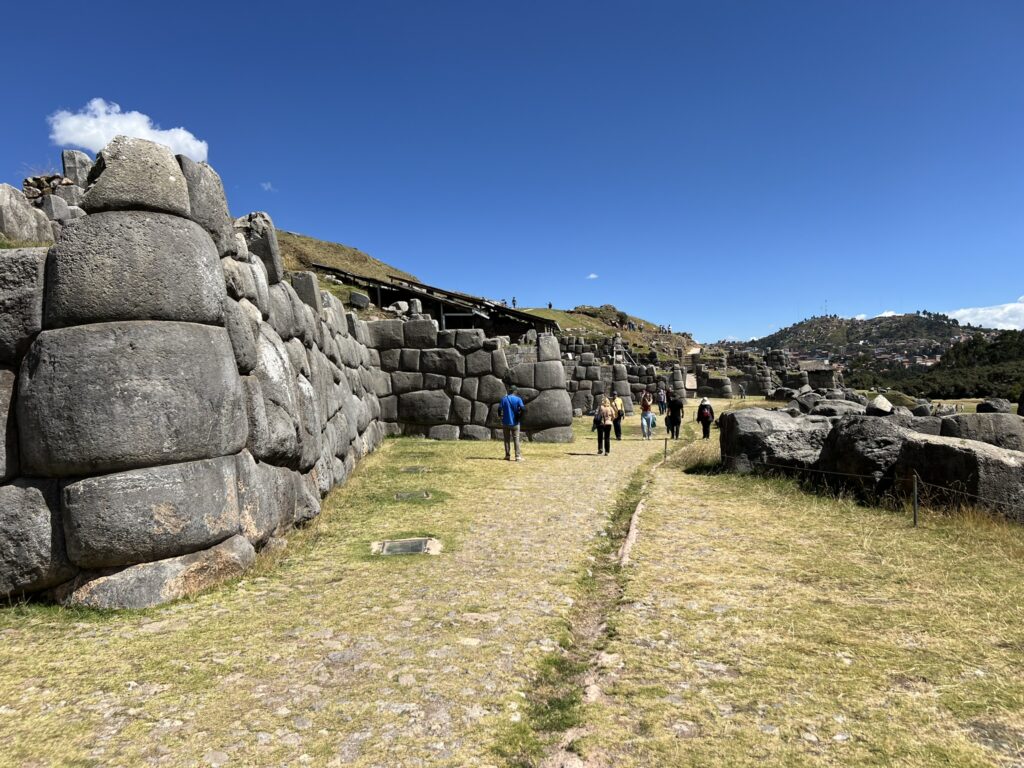
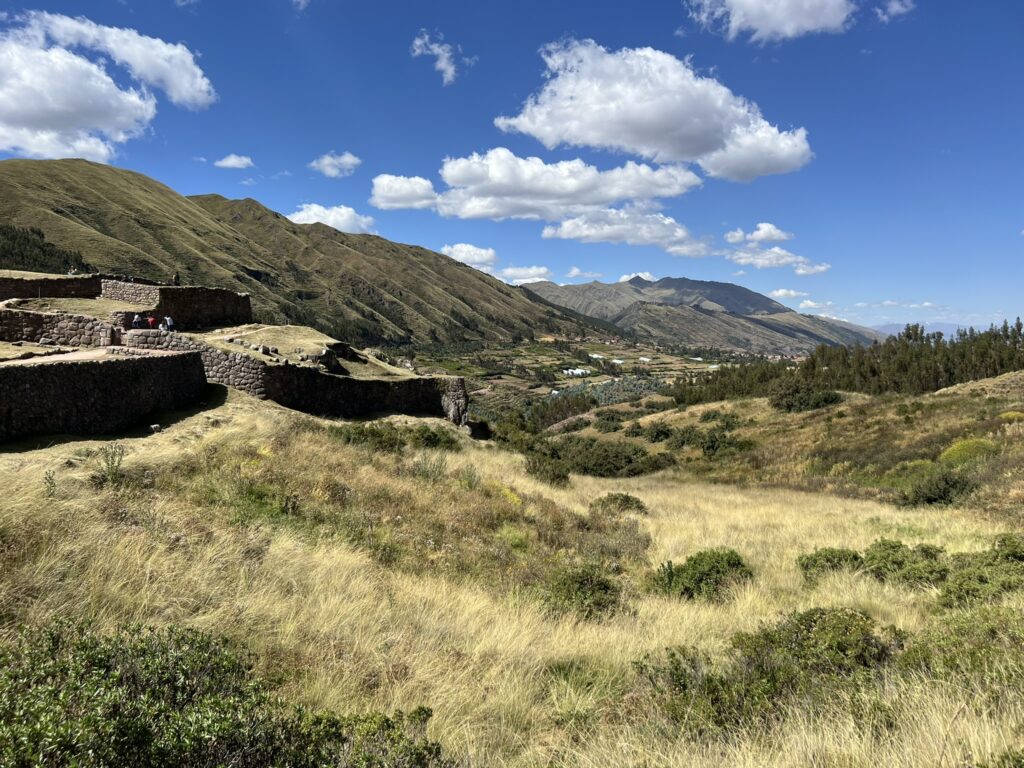
Continuing onwards in the direction of the Sacred Valley, even more impressive structures can be found such as Chincero, Moray, Salineras de Maras, Ollantaytambo, and Pisac. These also fulfilled important tasks for the Inca Empire such as agriculture development and mineral harvest. Above all else, Machu Picchu is the most famous structure located near the capital of Cusco and was believed to be a holy site that many went on religious pilgrimages to from the capital.
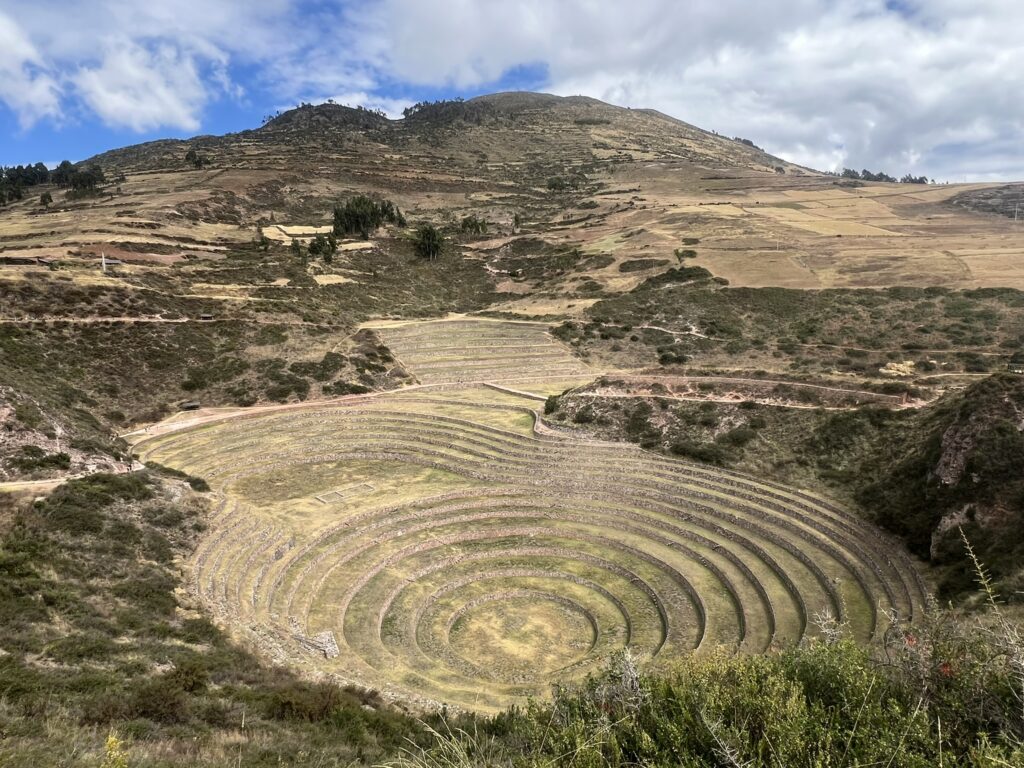
Similar to Qorikancha, most of these structures were destroyed or abandoned due to the Spanish arrival. The one exception is Chinchero, which is considered an Inca modern-day city. Inhabitants of Chinchero trace their roots back to the Inca civilization and preserve many of the traditions in the same structures that were inhabited 100s of years ago. All of these sites can be visited with tours from Cusco, Peru and knowledgeable guides can explain more about the magnificent former capital of the Inca Empire.
My Travel Tip of the Week
Select a Vinicunca (Rainbow Mountain) Tour that includes a Valle Rojo (Red Valley) trek
Vinicunca, also known as the Montana de Siete Colores (Mountain of 7 Colors or Rainbow Mountain) is one of Peru’s most popular tourist attractions and can be visited on a day trip from Cusco, Peru. It was only about 10 years ago that this attraction gained international fame because global warming caused so much snow to melt that it permanently uncovered a mountaintop with a spectacular array of colors. Today buses of tourists arrive at a parking lot managed by the local communities so that they can complete a short hike to the 5,036 meters (16,522 feet) summit that overlooks the beautiful Mountain of 7 Colors.
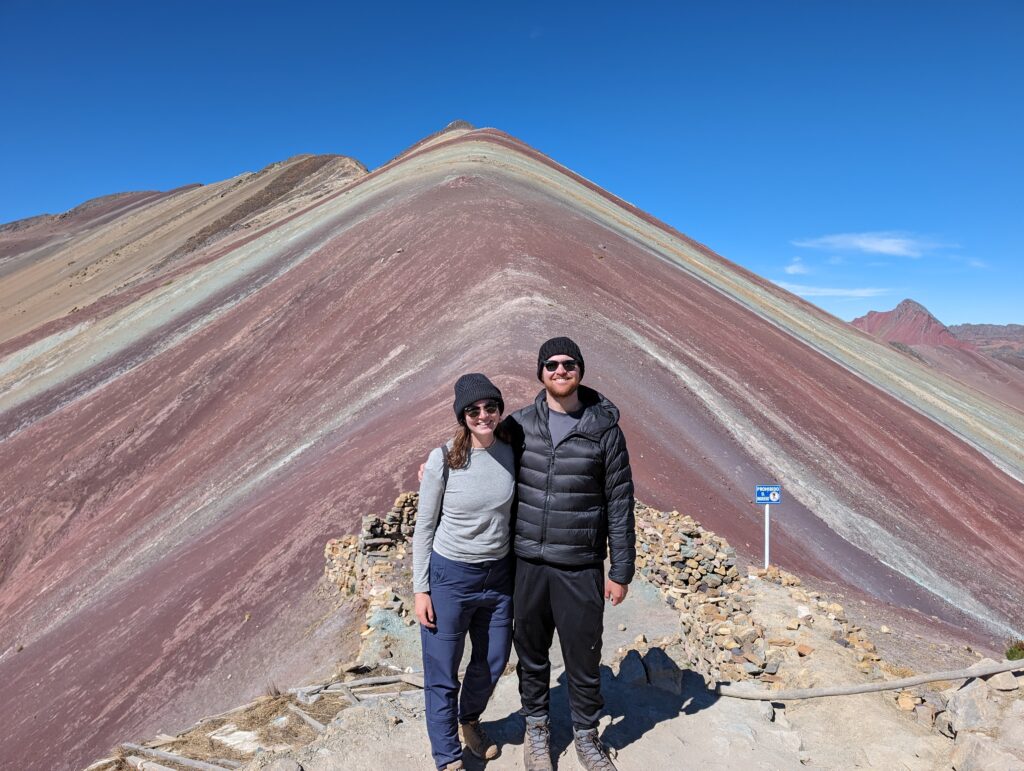
It is important to acclimate before attempting to complete the hike, which is not challenging but can be difficult if you are not accustomed to such high elevations. There are horses that you can take if you are having issues on the path or an alternate route with motorbikes that will take you near the summit. After completing the hike to the amazing viewpoint, we noticed an incredible red valley in the distance behind the Mountain of 7 Colors. When talking with our guide he told us that there are longer tours that not only hike to the Mountain of 7 Colors but also to different vantage points overlooking the Valle Rojo (Red Valley). If you enjoy hiking and have acclimated to the altitude, seek out a Vinicunca Tour that includes the Valle Rojo as part of your hike to make the most of the incredible nature of this beautiful part of Peru.
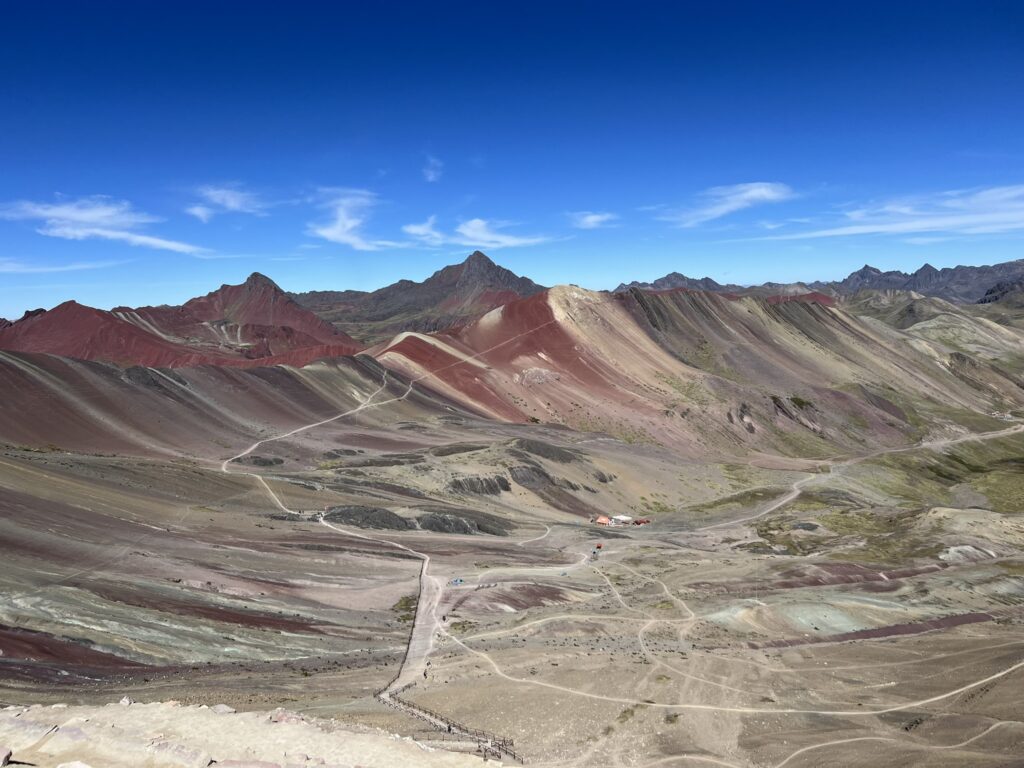
My Additional Anecdote This Week
The impact and influence of the Inca Empire live on today in Cusco, Peru and Beyond
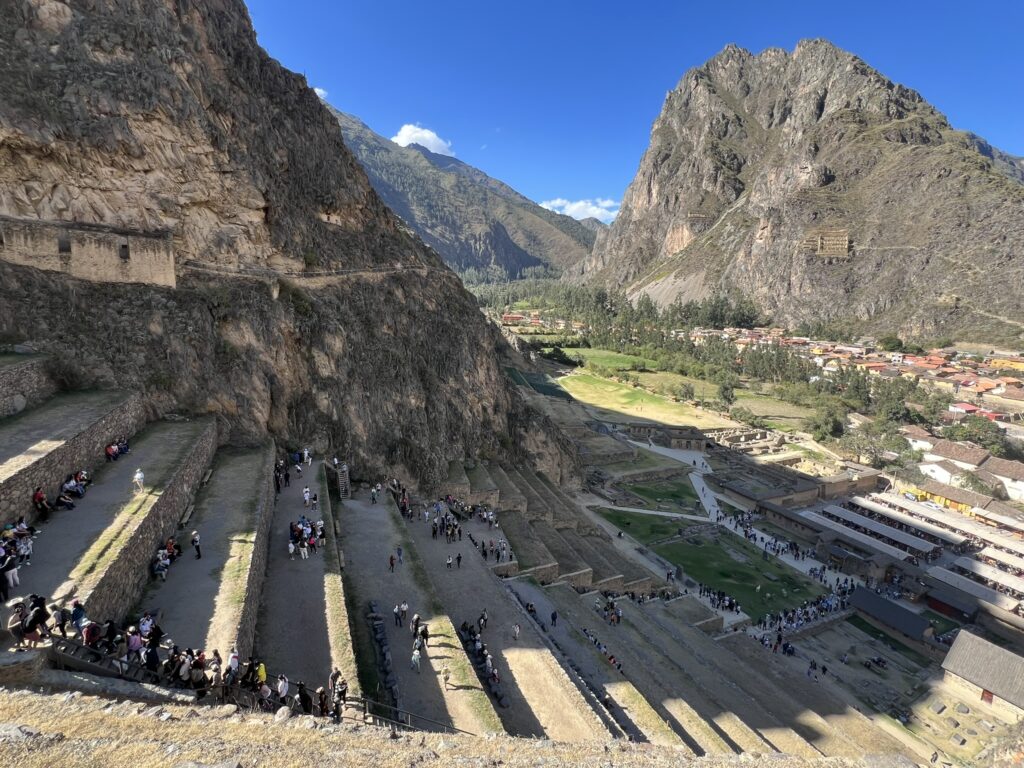
When we reached Santiago, Chile, and Mendoza, Argentina, we first started learning more about the Inca Empire’s influence in South America. The impact of their civilization on current-day culture grew as we continued to travel north in the continent to places like Northwest Argentina, Bolivia (formerly known as Alto Peru), and the Lake Titicaca region of Peru. There were visible signs of the Inca Empire such as the farming terraces that still are in use today, religious sites that some regions still use for ceremonies to practice traditions from the Inca religion, and museums that display the incredible artifacts from pre-Hispanic cultures.
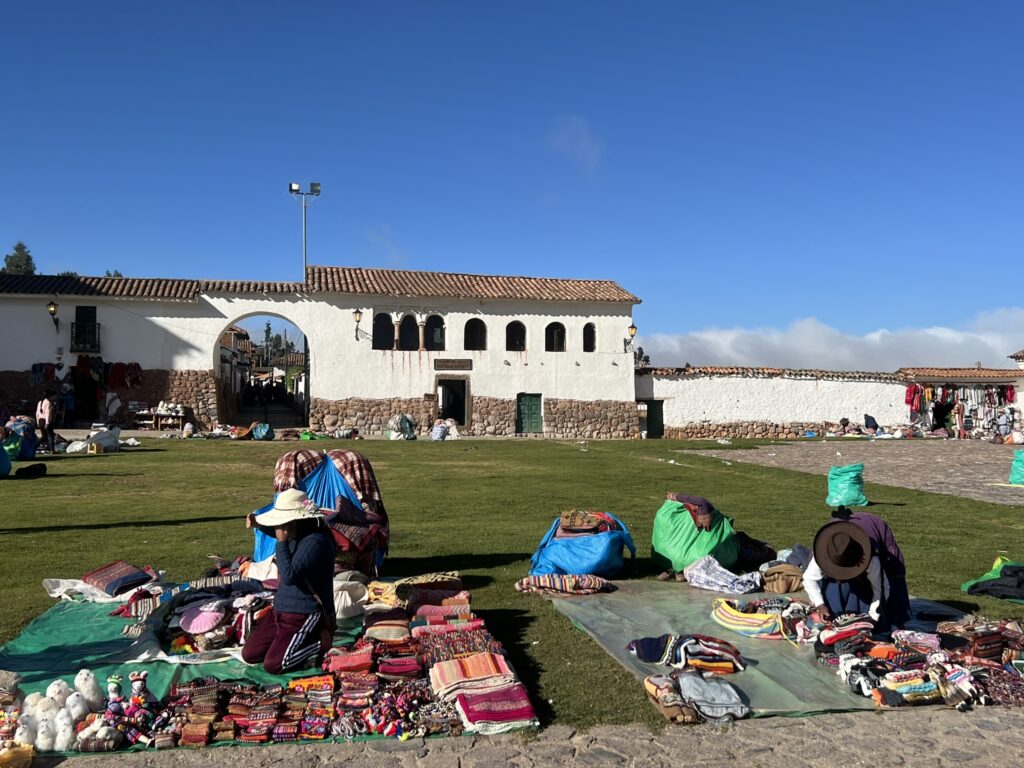
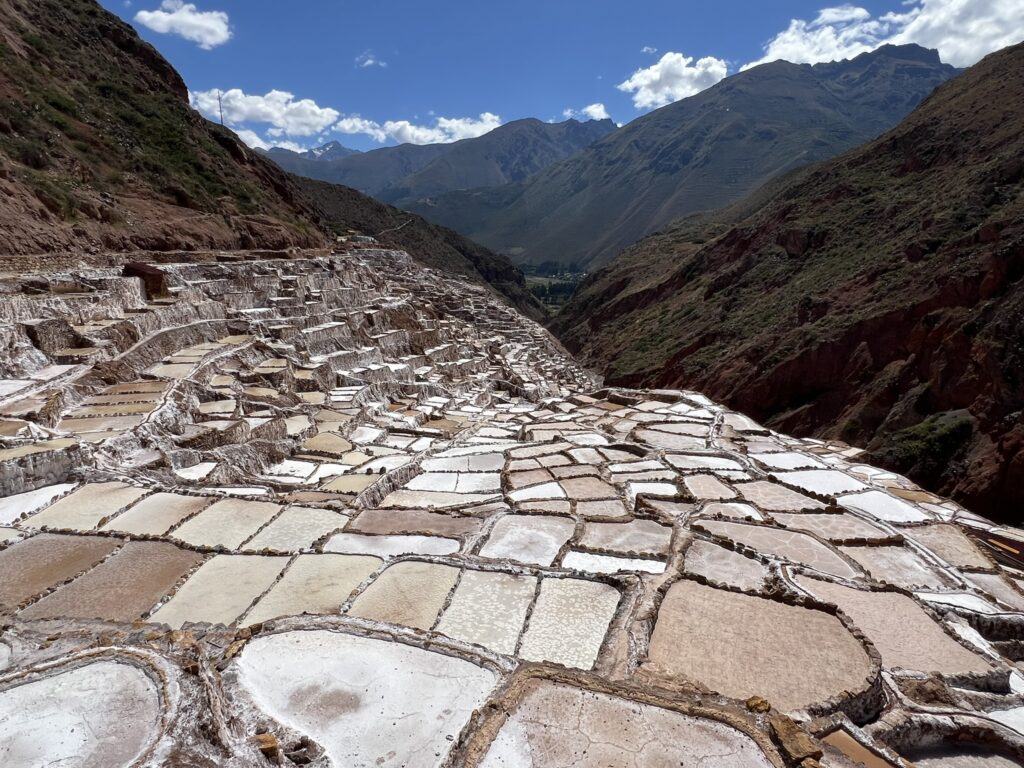
This blending of traditions was most evident to us during the celebration of Corpus Christi in Cusco, Peru. This holiday was initially an Inca tradition where sacred objects and mummies were transported around the city to be honored. The Spanish converted those celebrations to be focused on the Catholic faith and their religious icons instead. However, today traditional Andean dances, clothing, and music are played prominently alongside the Catholic religious icons being honored at the various churches around town. In this way, the Corpus Christi celebration highlighted that even the Inca religion and customs live on as part of a combined version of Catholicism in today’s Cusqueno society.
